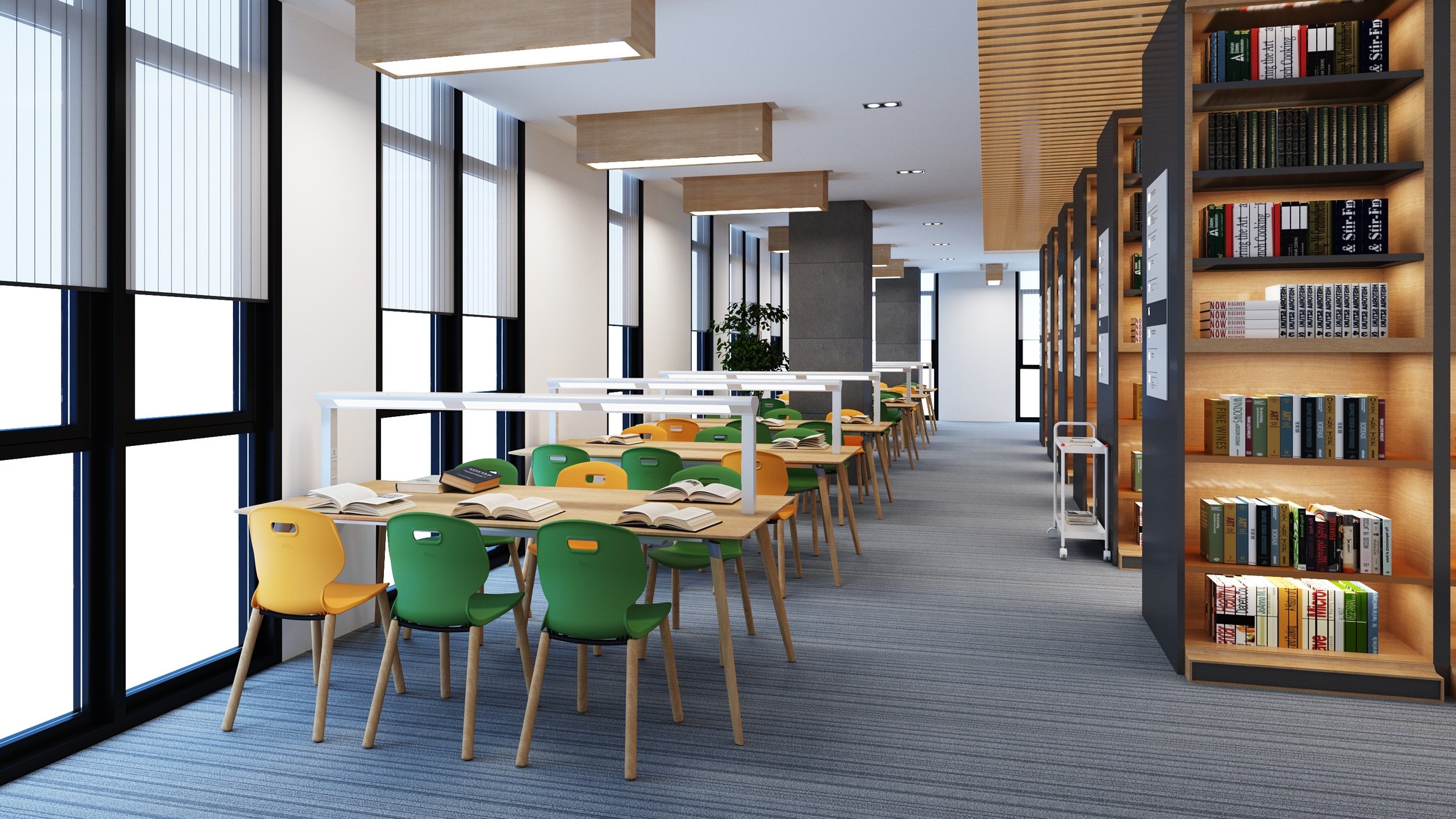DESIGNING FOR NEURODIVERSITY
WHAT IS NEURODIVERSITY?
Every person is unique, and no two brains are alike.
Neurodiversity refers to how the brain works, interprets and processes information.
Most people are neurotypical, meaning the brain functions and processes information as society expects. However, it's estimated that around one in seven people (more than 15% of people in the UK) are neurodivergent, meaning that the brain functions, learns and processes information differently; these differences mean they are diagnosed with autism, ADHD, dyslexia, dyspraxia, or other neurological conditions.
*Neurodiversity | Local Government Association. https://www.local.gov.uk/lghow the brain works,interprets,and processesa-libdem-group/our-press-releases/neurodiversity
CHALLENGES FOR THE NEURODIVERGENT
One of the most significant hurdles that the neurodivergent community faces are that neurodiversity still needs to be included in the majority of institutions' diversity, equity, and inclusion strategies. Institutions must set clear and structured plans around diversity and inclusion and discuss what neurodivergent members can bring to a team.
Neurodivergent staff members may have to overcome many challenges during their working week. Below, we've listed some of the main difficulties neurodiverse employees and students may face.
Distractions
When you think of a traditional school setting, you think of loud, crowded, and busy spaces with commotion and conversation.
Loud noises and the hustle and bustle make it hard for the neurodivergent to focus on working in the same position for the entire day. Look at creating 'quiet zones' that can be used when they need time to focus without added distractions.
Sensory Stimulation
For neurodivergent people, sensory cues can be very overwhelming. Neurodivergent people may be much more aware of the senses around them, such as the clicking of a mouse, the whirring of a desk fan or noise breaking its way through from the outdoors.
Having a space where you can control the sensory stimulation is essential. Think about creating soundproof zones where sound is at a minimum.
Wayfinding
Many neurodivergent people need and thrive on repetition, predictability, and clear boundaries to feel safe, comfortable and in control.
Think about how tasks and meetings are being implemented. Ensure all jobs have clear outlines that can be easily followed, and when scheduling appointments, think about sending out an agenda before the meeting.
Understanding
Institutions are increasingly becoming more understanding of people, cultures, and differences. Still, neurotypicals often know little about how neurodivergent minds best work in an office setting and can't always understand what they need out of a workspace.
Implement mandatory coaching or training for all employees to gain a better understanding and respect for their colleagues' needs.
THE BENEFITS OF BEING NEURODIVERGENT
Just as it is widely recognised that a workplace diverse in terms of gender, ethnicity and belief is a benefit, a neurodiverse workplace will be full of many strengths.
Someone with ADHD may struggle to sit at a desk for eight hours consecutively but may also bring creative and unique ways of problem-solving. Autistic employees and students are likely to bring a variety of attractive, different viewpoints and niche interests that could get their team to look at things from a whole new angle.
Neurodiversity reminds us that everyone with a neurological condition is different and cannot be classified similarly. In many cases, working with neurodiverse people to identify their ideal roles and potential barriers and challenges can lead to the most productive workplace for all.
Look below at some of the benefits we believe a neurodiverse workforce can bring.
AN EYE FOR DETAIL
Not only do neurodivergent people have better pattern recognition and problem-solving skills, but they can also think from an entirely different point of view, increasing creativity and innovation.
A NEW WAY OF THINKING
Neurodivergent people will work differently from most in an office setting. They may find working from desks for 8 hours restricting their creativity and will instead find different places to sit or stand to work and focus.
Working in silence with headphones on can boost creativity, or working with lots of background noise can help neurodivergent staff to work consistently for hours with no break in focus.
Neurodivergent employees can bring new thoughts on projects and tasks from a much-needed creative angle.
HOW TO SUPPORT THE NEURODIVERGENT
Neurodiversity in the work environment means creating an inclusive, supportive, and respectful environment for neurodivergent people. Embracing diversity empowers employees and employers to be more creative, thoughtful and innovative.
There are many ways workplaces can support their neurodivergent employees to feel comfortable, focussed and a part of the team.
OPTIMISED WORKSPACES
Creating distraction-free workspaces for people with ADHD or Autism not only helps to boost productivity but creativity as well.
Think about creating quiet or sensory spaces where traditional office designs are stripped back in place of soft seating, dens, and beanbags.
FLEXIBILITY
Many neurodivergent employees may find the hustle and bustle and constant commotion and conversation in the office a big distraction, removing their focus from projects.
Think about creating options to work from home or work flexibly throughout the week, allowing neurodivergent staff to be able to work how they do best without judgment.
ACCESSORIES & EXTRAS
Many neurodivergent students find extra comfort in the environment helpful for focusing in the classroom and working on tasks creatively.
Think about allowing products which help with focus and comfort. This may include noise-cancelling headphones, fidget 'toys', music, or background noise to reduce sensory overload and distractions within the workplace.
TRAINING & COACHING
Many employees may not understand or be aware of what neurodiversity, or even mental health issues in general, entail and what they may require.
Think about offering neurodiversity, inclusion, and mental health coaching for all staff members covering a range of topics, not limited to neurodiversity but also focusing on mental health, physical health, and diversity as a broad topic.
STRUCTURE & ROUTINE
Many neurodivergent or neurotypical may find routine and clear outlines and agendas helpful in all aspects of work-life, whether in meetings or general day-to-day tasks.
Think about providing reference materials, worksheets, and deadlines before assigning tasks to employees and create agendas before meetings to give all attendees a chance to prepare.
DESIGNING A SPACE FOR ALL
How we design space can profoundly impact the people who occupy and experience it daily.
Having a space with more to it than meets the eye can make people feel more engaged and eager to move through the area while still keeping it easy to navigate.
PROPORTION & SCALE
If the proportions or scale of space are unbalanced, it can create anxiety. Ceiling heights and room proportions are critical to creating a comfortable distance.
COLOUR & PATTERN
Colour can influence mood and impact performance and productivity. Bright and light pastel tones can create a more positive and calming effect. Predictable patterns help us to understand, manage and navigate spaces. Geometric shapes help to create balance and calm in the workplace.
LIGHT
Light can intensify the mood, both positive and negative. Turning down the lights or using natural light, can boost productivity and allow creativity to take over. It can also help boost immune systems and keep the mood upbeat.
SOUND
Sound is critical in the workplace. The general hustle and bustle are tolerated in all workspaces but think about creating spaces where sound is minimal, such as pods, dens and 'quiet zones'.
FURNITURE
Feeling comfortable and secure in your space is essential. Adding soft seating such as dens, pods, and sofas can provide extra comfort and familiarity and give employees somewhere to retreat when they need privacy or focus.
It is everyone's responsibility to support their employees and students to change the narrative around neurodiversity and inclusivity within the workplace and work towards creating a comfortable environment for all to thrive.




